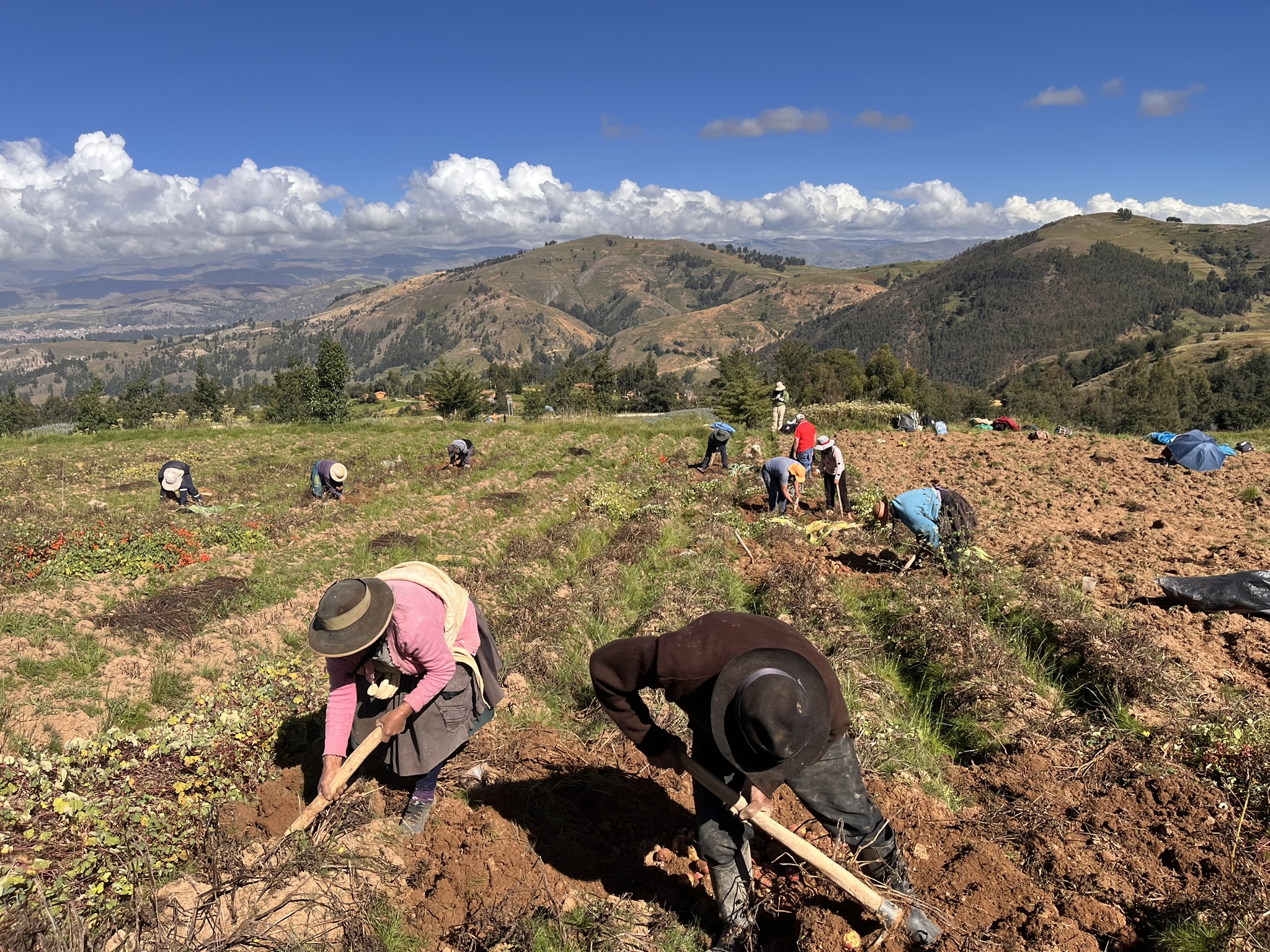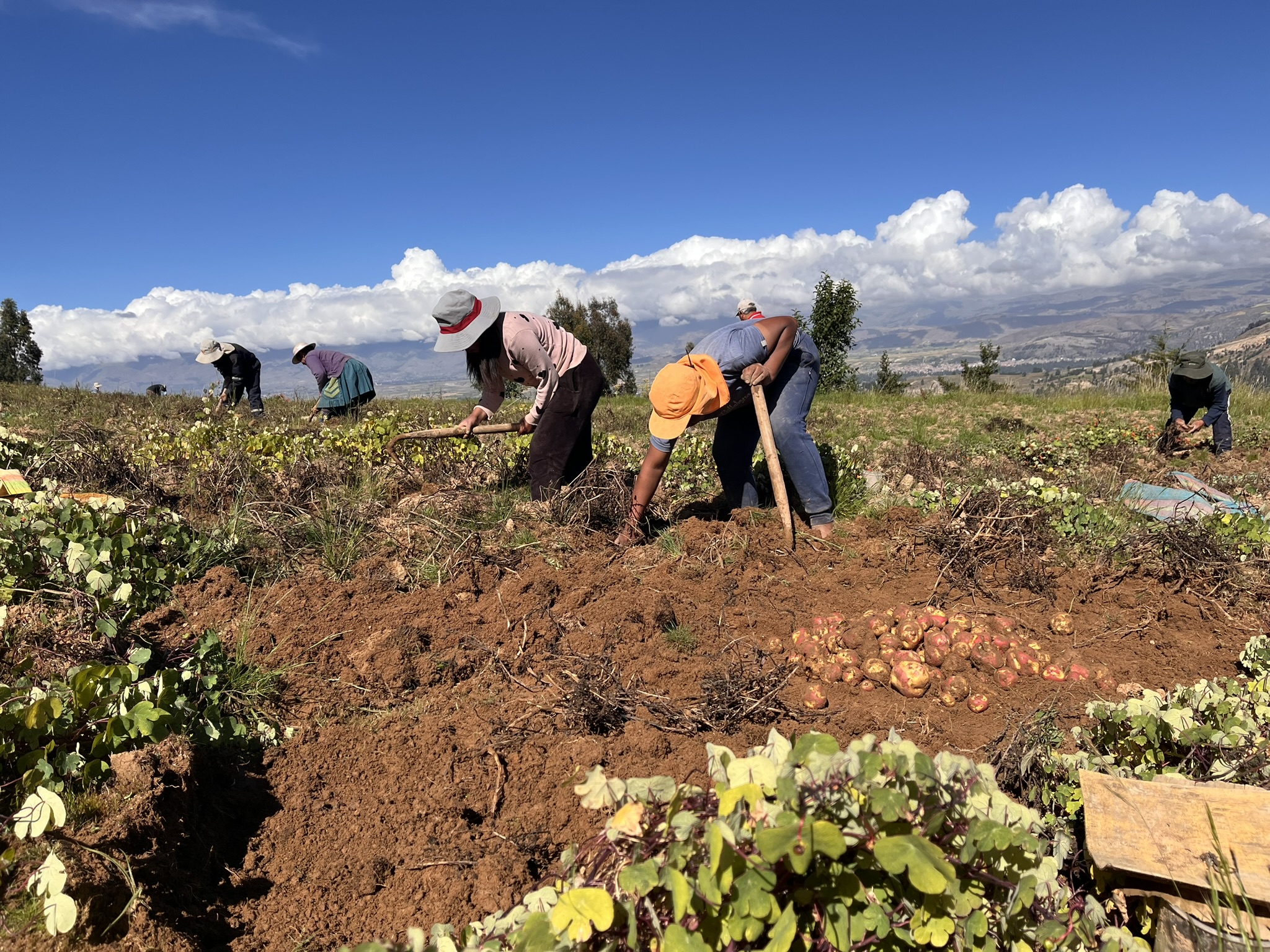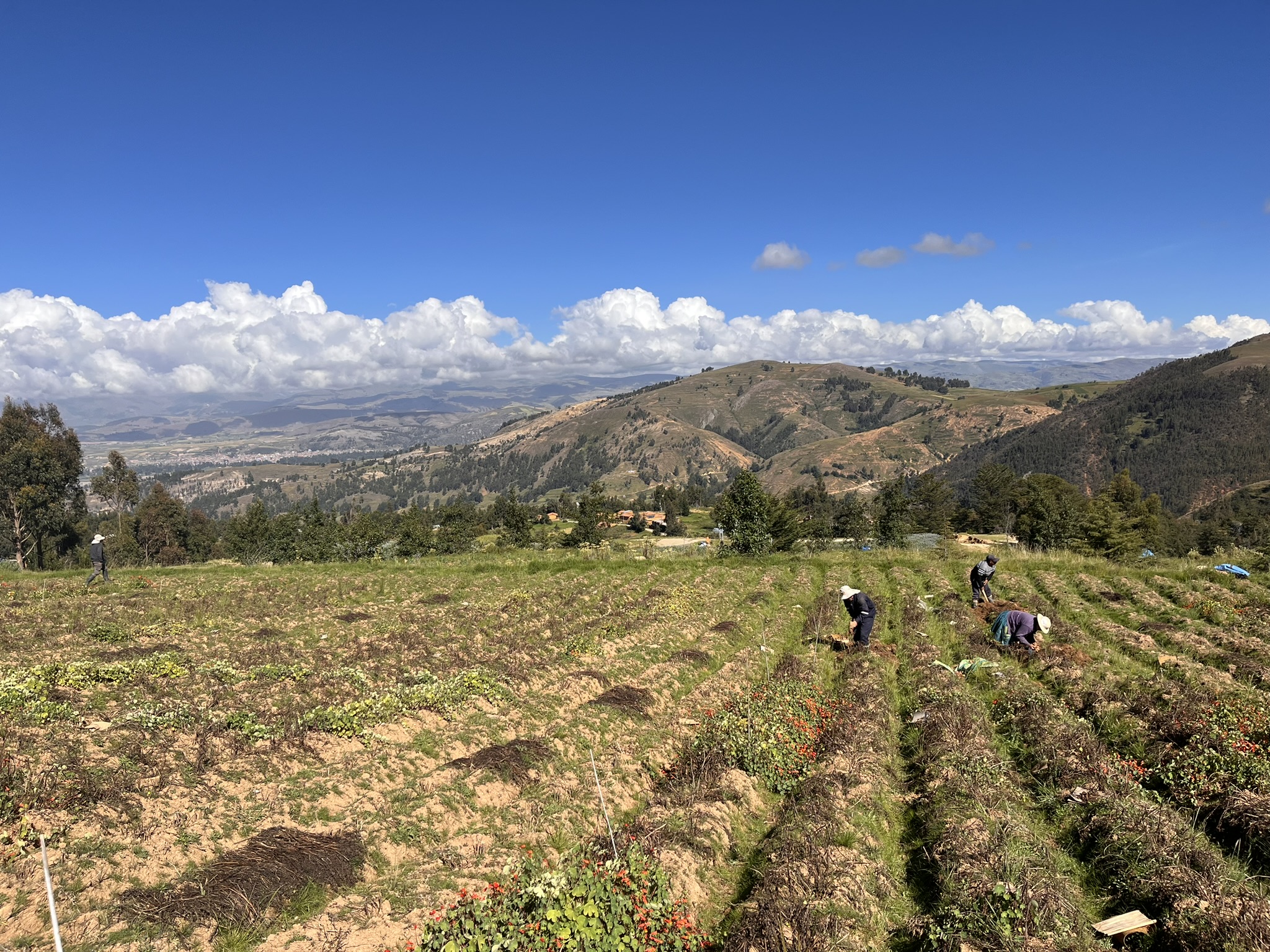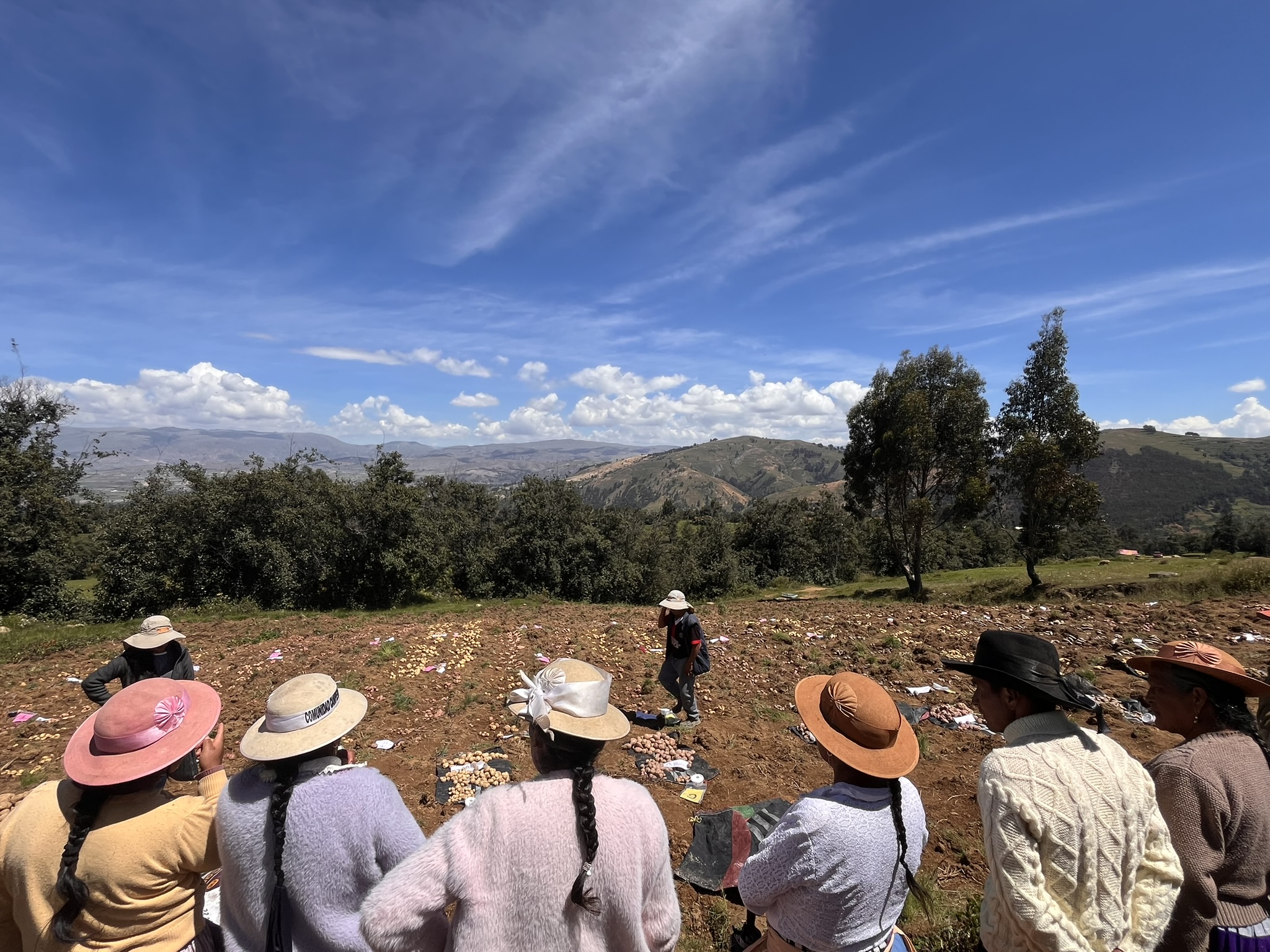Project Summary
Countries: Peru
Delivery Partner: International Potato Center (CIP)
Project Partners: Grupo Yanapais, EKOrural, Instituto Nacional de Investigaciones Agropecuarias (INIAP), Andes Cusco
Principle Investigator: Dr Bettina Heider, Genetic Resources Specialist, International Potato Center




Project Summary
The project aims to strengthen the resilience of Andean agriculture by leveraging traditional potato and mashua varieties and genebank resources. Through an integrated and interdisciplinary approach, climate adaptation will be promoted and food security improved. Applied methods will involve participatory evaluations, nutritional analyses, market appraisals, genotyping and restoration of lost biodiversity. Transformational change will be achieved through the integration of research, knowledge sharing, innovations, and enhanced market access. The project will employ a comprehensive communication strategy to share key findings and foster policy engagement. It will also create lasting benefits by endorsing diversity conservation, catalyzing transformational change, and applying advanced agricultural technologies.


